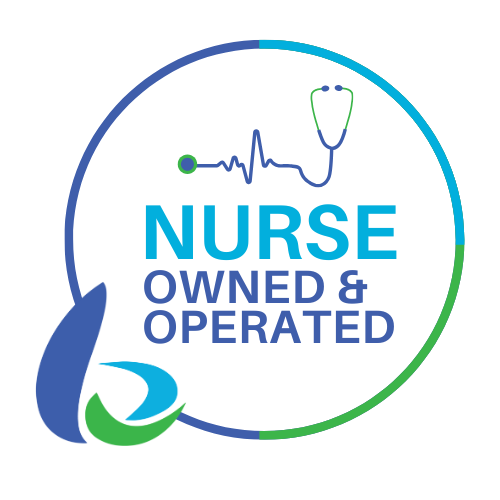A charge-back is a credit card payment reversal from a retailer to the credit card company. Charge-backs typically occur when an item is returned, or a fraudulent or disputed transaction occurs.
But what happens when the business believes they are owed the funds for the good or service (i.e. not returned and not fraudulent)?
How to Collect Payment After a Charge-Back
- Essentially, you are resolving the lack of payment since the original form (credit card) was cancelled.
- If proof of debt can be given (invoice, signed receipt, or any other agreement), the unpaid debt can be collected. Reaching out to the consumer/client to show proof of debt and the need for payment is your first step.
- If proof of debt is discoverable but the debtor will not resolve the payment, escalation may be needed.
How to Prevent Future Charge Backs
There are many proactive steps you can take to prevent charge backs in the future. A few suggestions you might want to consider are:
- setting clear refund policies
- improving customer communication
- using fraud detection tools to minimize the chances of future chargebacks
Dealing with chargebacks can be challenging, but with a clear process and the right tools, businesses can improve their chances of recovering lost revenue. By understanding the chargeback process, preparing the necessary documentation, and taking steps to prevent future chargebacks, you can protect your business’s bottom line and maintain strong customer relationships. Learn more about steps you can take at How do I get past due customers to pay their debt?.
If you need support with chargeback recovery or managing customer payments effectively, Beyond Green Solutions offers empathetic and efficient solutions tailored to your business needs. Get in touch with us today to learn more.







